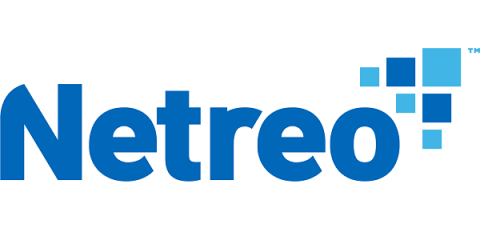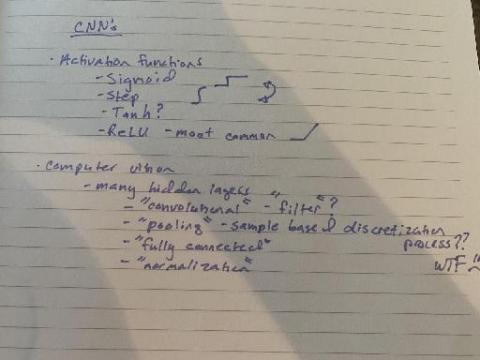Tame IT Chaos by Leveraging Advancements in Machine Learning and Artificial Intelligence
Information Technology (IT), like many other industries, is tapping into the latest advancements in Machine Learning (ML) and Artificial Intelligence (AI) to solve a decades-old problem in the IT management world. History can teach us many things, and by diving into years of accumulated IT data, we can find meaningful insights and use them to guide the future.







